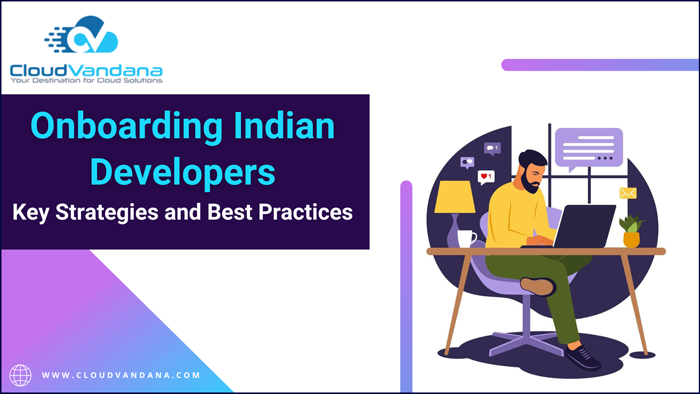
The Ultimate Guide to Salesforce Consulting: Empowering Businesses for Success
Salesforce consulting provides expert guidance, support, and services related to Salesforce, a leading customer relationship management (CRM) platform. Salesforce consultants















